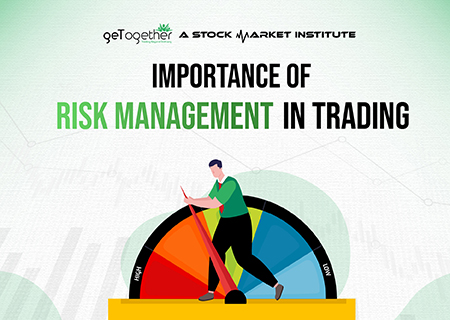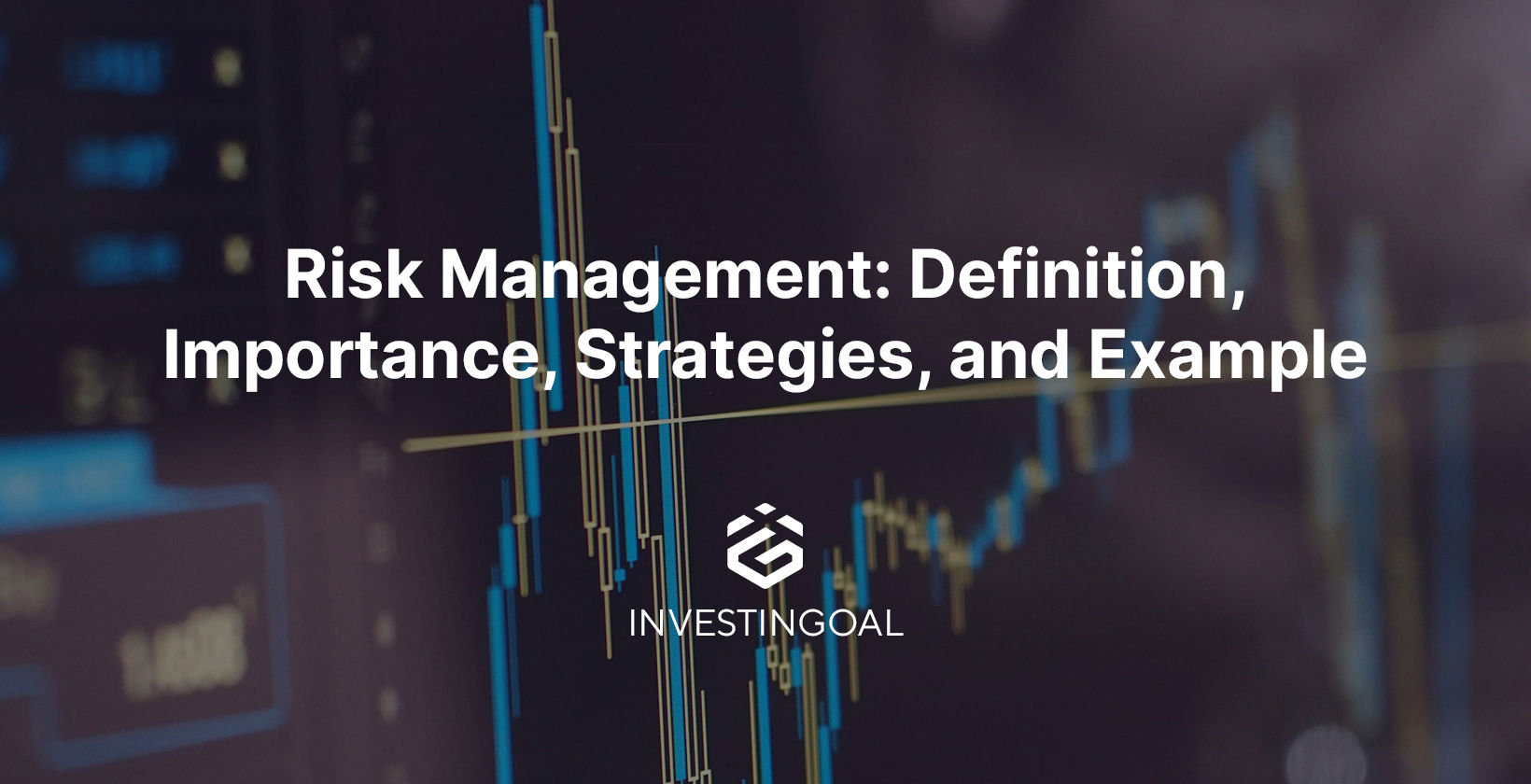The Value of Recognizing the Significance of Risk Management in Numerous Industries

The Core Concept of Risk Management and Its Function
Risk Management, the cornerstone of numerous sectors, depends upon the recognition, assessment, and mitigation of unpredictabilities in a service setting. It is an important practice that enables companies to safeguard their properties, credibility, and total survival. By properly recognizing possible dangers, businesses can develop techniques to either prevent these dangers from happening or reduce their influence. The evaluation procedure involves evaluating the chance and prospective intensity of these risks. The mitigation procedure involves devising techniques to minimize their possible effect when threats have been recognized and reviewed. This process is cyclical and continuous, ensuring that services are prepared for the ever-changing nature of Risk in different industries. The main objective, thus, is to promote resilience among unpredictabilities.
Benefits of Applying Risk Management in Organization Operations

Unveiling the Function of Risk Management in Different Industries
While every industry faces its unique collection of dangers, the implementation of Risk Management techniques remains an usual denominator in their search of sustainability and growth. In the healthcare industry, Risk Management involves guaranteeing client safety and security and information defense, while in finance, it entails mitigating financial investment risks and making sure governing compliance. Inevitably, the role of Risk Management throughout markets is to determine, analyze, and mitigate risks.
Real-life Case Studies Demonstrating Effective Risk Management
To understand the value of Risk Management in these many markets, one can look to a number of real-life circumstances that show the effective application of these actions. Toyota, upload the 2011 earthquake in Japan, revised its supply chain Management to reduce disruption threats. These situations demonstrate how markets, finding out from dilemmas, successfully used Risk Management methods to minimize future dangers.
Future Trends and Developments in Risk Management Methods
Cybersecurity, once a peripheral issue, has actually catapulted to the forefront of Risk Management, with approaches focusing on avoidance, action, and detection. The assimilation of ESG (Environmental, Social, Governance) aspects into Risk Management is one more expanding fad, mirroring the enhancing recognition of the role that ecological and social threats play in service sustainability. Therefore, the future of Risk Management lies in the fusion of advanced technology, innovative approaches, and a holistic approach.
Verdict
To conclude, recognizing the value of Risk Management throughout a range of sectors is essential for their longevity and success. Tailored next methods can help mitigate prospective dangers, guard assets, and foster stakeholder depend on. In addition, positive try this out decision-making help in regulatory compliance and maximizes source use. Ultimately, effective Risk Management adds to much more sustainable and resistant companies, highlighting the importance of this practice in today's highly affordable and vibrant company environment.
While every industry faces its special collection of dangers, the execution of Risk Management approaches continues to be a common in their pursuit of sustainability and growth. In the medical care sector, Risk Management entails making sure patient security and information protection, while in money, it entails mitigating investment threats and making certain regulatory compliance. Ultimately, the function of Risk Management throughout sectors is to recognize, examine, and minimize risks. These cases demonstrate how sectors, finding out from dilemmas, successfully applied Risk Management methods to reduce future dangers.
